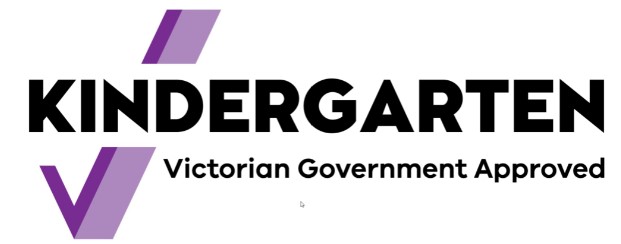Reasons Why Food Safety and Proper Food Handling is Essential for Kindergarten Staff
03 December 2021Each year in Australia, more than seven million people get sick from the food they eat. Food poisoning can cause severe illness and even death. Children are particularly at risk, which is why preparing and selling ‘safe food’ in your school canteen is very important. Below are reasons why food safety and proper food handling is essential for kindergarten staff.
Prevent Food Poisoning Among Kindergarteners
What Is Food Poisoning?
Food poisoning occurs when a person eats a portion of food that causes them to become sick. Symptoms vary but may include one or more of the following: nausea, vomiting, stomach cramps, diarrhea, fever or chills, and headaches.
Germs that often cause food poisoning are everywhere in our environment – in the soil, animals and people, and everyday things people touch and use. Some are even too small to see with the naked eye. Sometimes foods naturally contain germs, and other times foods may become contaminated. Food contamination can occur because of people working with food that is already contaminated, dirty equipment and benches, and animals and insects near food.
Under the right conditions, germs on food can multiply rapidly – a single bacterium can multiply into more than two million bacteria in just seven hours! The good news is that by controlling the conditions that support germ growth, we can prevent food poisoning.
Proper Food Handling
Two important elements of food preparation are temperature control and the prevention of cross-contamination.
Temperature control
Bacteria that cause food poisoning can grow quickly in temperatures between 5˚C and 60˚C – commonly known as the temperature danger zone. It is important to limit the time high-risk foods spend in the danger zone.
High-risk foods have common features that most bacteria need to grow. Such foods contain protein and are usually moist or wet, for example, meat, poultry, dairy products, eggs, small goods, seafood, cooked rice, cooked pasta, prepared salads, coleslaw, pasta salads and fruit salads.
Several precautions can be taken to decrease the risk of food poisoning. Make sure food is thoroughly cooked or reheated and that the centre has reached 75˚C – cooking food over 75˚C kills most bacteria.
Ensure that cold food is stored below 5˚C. Make sure that frozen food is stored below -15˚C. You should guarantee that hot food is maintained at over 60˚C. Minimise the time that food is kept in the temperature danger zone – between 5˚C and 60˚C.
Avoid leaving food that has just been cooked out on the bench to cool for more than one hour. Once it has cooled, immediately place it in the refrigerator. Food Safety Victoria recommends that when cooling hot, high-risk foods, they are cooled from 60˚C to 21˚C within two hours and to 5˚C within a further four hours.
Cross-contamination
Cross-contamination occurs when germs that are naturally found on raw food move or are transferred onto cooked food. To prevent this, cooked and raw food should be kept separately.

